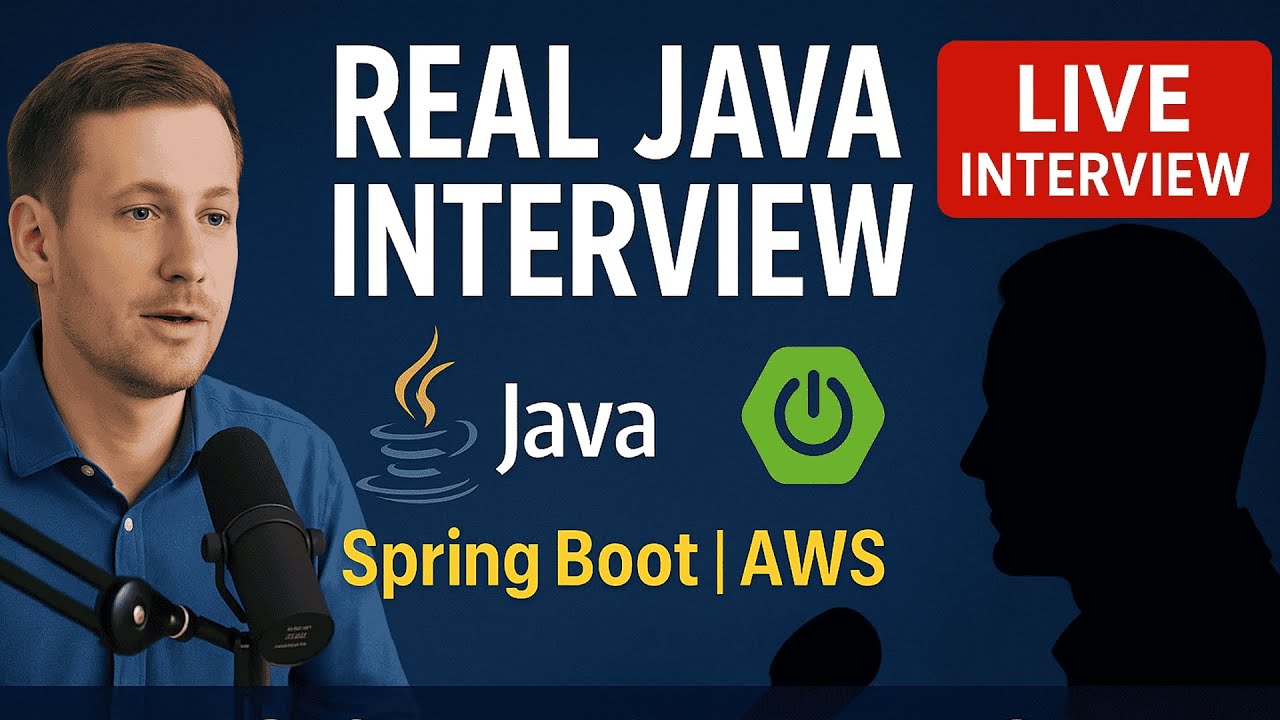1. What is JasperReports and how is it used in Java applications?
JasperReports is an open-source reporting engine written in Java. It's widely used to generate dynamic content like PDFs, Excel files, or HTML reports directly from Java applications. It relies on JRXML templates (XML-based report designs), which define the layout, fields, parameters, and data sources. These templates are compiled to .jasper files and filled with data at runtime.
Use cases:
- Generating invoices
- Exporting database query results into PDF
- Creating charts, dashboards, and business reports
It integrates well with Spring Boot using libraries like jasperreports and spring-boot-starter-data-jpa.
2. What is the compatibility matrix between Java versions and Spring Boot versions?
Spring Boot versions are tightly coupled with specific Java versions due to dependency and bytecode compatibility.
| Spring Boot Version | Supported Java Versions |
|---|---|
| 2.3 to 2.7 | Java 8 to Java 17 |
| 3.x | Java 17 and above only |
Spring Boot 3 and onwards use Jakarta EE 9+, so all javax.* imports have changed to jakarta.*.
3. How can a Spring Boot application be deployed on AWS?
Several options exist:
- Elastic Beanstalk – Upload the
.jar, AWS handles provisioning and scaling. - EC2 – Manually install Java and run the
.jaron a virtual machine. - ECS or EKS – Containerize the app and deploy via ECS or Kubernetes.
- Lambda – Deploy as a function using AWS Serverless Java container.
You can also use RDS for managed databases and S3 for static assets.
4. What is the difference between a Docker image and a Spring Boot JAR file?
- A Spring Boot JAR is a standalone Java executable requiring a JVM.
- A Docker image includes the JAR, JVM, OS, and dependencies — it's portable and environment-independent.
Docker is better suited for CI/CD and cloud deployments due to its consistency.
5. Should you run a database inside a Docker container? What are the pros and cons?
Yes, for development and testing. No, or cautiously in production.
Pros:
- Easy to set up
- Consistent across environments
- Useful in CI pipelines
Cons:
- Risk of data loss
- Backup/restore challenges
- Lower performance
- Not ideal for clustered DBs
6. What are intermediate and terminal operations in Java Streams?
Intermediate operations: Lazy, return a stream (map, filter, sorted, distinct) Terminal operations: Eager, trigger processing (collect, forEach, reduce, count)
List<String> names = List.of("Tom", "Jerry", "Anna", "Tom");
List<String> result = names.stream()
.filter(name -> name.length() > 3)
.distinct()
.collect(Collectors.toList());
7. What are the different repository interfaces in Spring Data JPA?
CrudRepository<T, ID>– Basic CRUDPagingAndSortingRepository<T, ID>– Adds pagination/sortingJpaRepository<T, ID>– Adds JPA features likeflush,deleteInBatch
Prefer JpaRepository for full capabilities.
8. What are ACID properties in databases?
- Atomicity – All or nothing
- Consistency – Valid state before/after transaction
- Isolation – Concurrent transactions don’t interfere
- Durability – Persisted changes survive crashes
Essential for transactional reliability.
9. How can you improve the performance of a slow SQL query?
- Use indexes
- Avoid
SELECT * - Optimize joins
- Analyze using
EXPLAIN - Avoid nested subqueries
- Cache frequent queries
10. What is a database view? What are its types?
A view is a virtual table from a SQL query.
Types:
- Simple View: Single table
- Complex View: Joins/aggregations
- Materialized View: Physically stored query results
Useful for abstraction and reusability.
11. What is indexing in a database and what are its benefits?
Indexing creates a sorted data structure (e.g., B-Tree) for quick lookups.
Benefits:
- Faster queries
- Efficient filtering, sorting
- Better JOIN performance
12. When can indexing hurt performance instead of improving it?
- Write-heavy operations (INSERT/UPDATE/DELETE)
- Index on low-cardinality fields
- Too many indexes increase storage and overhead
13. How to find the frequency of numbers in a list and sort by count?
List<Integer> list = List.of(1, 2, 1, 3, 3, 3, 2, 2);
Map<Integer, Long> freq = list.stream()
.collect(Collectors.groupingBy(n -> n, Collectors.counting()));
freq.entrySet().stream()
.sorted(Map.Entry.<Integer, Long>comparingByValue().reversed())
.forEach(e -> System.out.println(e.getKey() + ": " + e.getValue()));
14. What is the purpose of the @Transactional annotation in Spring?
Marks a method or class to be executed within a transaction. Supports rollback on exceptions, propagation control, and isolation levels.
Maintains data integrity by ensuring consistent execution.
15. What is the difference between @Component, @Service, and @Repository?
@Component: Generic bean@Service: Business logic layer@Repository: Data access layer; adds exception translation
All are picked up by component scanning.
16. What is the N+1 problem in JPA and how can it be avoided?
Occurs when fetching a list of entities also loads each related entity separately.
Avoid using:
@EntityGraphJOIN FETCH- DTO projections
17. How does Spring Boot auto-configure your application?
Uses @EnableAutoConfiguration to scan the classpath and automatically register beans.
Example: If H2 and Spring Data JPA are on the classpath, Spring auto-configures a datasource and repository support.
18. What is the difference between eager and lazy loading in JPA?
- Eager: Fetch related entities immediately
- Lazy: Load on access
Prefer lazy to avoid unnecessary DB hits.
19. How do you implement pagination in Spring Data JPA?
Use Pageable interface:
Page<Employee> page = repository.findAll(PageRequest.of(0, 10, Sort.by("name")));
Provides total elements, pages, and content.
20. How do you secure a Spring Boot application?
- Use Spring Security
- JWT-based authentication
- Method-level protection (
@PreAuthorize) - HTTPS enforcement
Supports OAuth2, LDAP, and basic auth as well.
